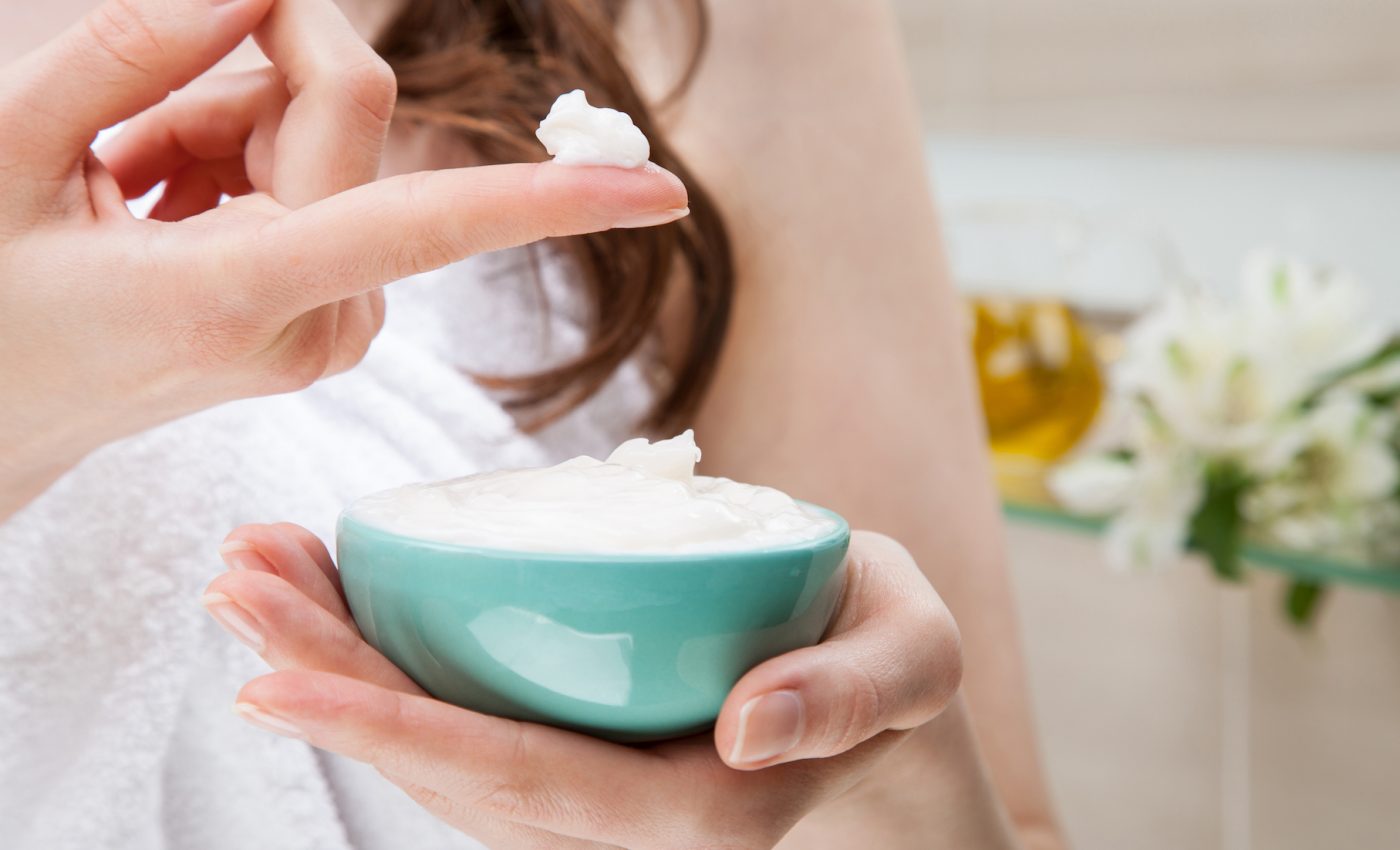
Scientists find that skin creams have a surprising molecular structure
Skin creams usually contain a few standard ingredients, but manufacturers know little about how these substances interact to influence the product’s performance. A team of researchers has investigated the structure of a skin cream on a molecular scale, and they were surprised by what they found.
“The long-term stability and clinical properties of a cream are determined by its fundamental structure,” said Delaram Ahmadi, a graduate student at King’s College London who conducted the research. “If we can understand the chemical microstructure of the cream and relate that to the structure of the skin, then perhaps we can better repair the compromised skin barrier.”
“We wanted to improve the science around cream formulation so that companies could more rationally formulate them to get exactly what they want,” added Dr. David Barlow. “The most significant thing we found is that the textbook picture of the structure of a cream is very naïve.”
Dr. Barlow explained that formulators have mostly inferred the structure of these emulsions based on indirect measurements. For their investigation, however, the researchers took a direct approach by analyzing creams using X-ray and neutron scattering techniques to determine how the ingredients were distributed.
The team expected for a cream to be composed of stacks of lamellae, or membranes, that are made up of surfactants and co-surfactants. These substances reduce the surface tension of the liquid they are dissolved in.
The researchers started with an aqueous cream formulation from the British Pharmacopoeia that contains a sodium dodecyl sulfate (SDS) surfactant and two co-surfactants. The X-rays revealed that the co-surfactants were present in the lamellar layers as predicted, but the surfactant was surprisingly absent.
“The surfactant peak profile suggested that the molecule formed micelles in the cream,” explained Ahmadi. In addition, the preservative was not found in the aqueous layer, where scientists have always thought it would be. Instead, the preservative was found in the lamellae.
Preservatives have an antimicrobial effect, which gives them a longer shelf life. Formulators assumed that the preservative had to be dissolved in the water layer in order to be an effective antimicrobial. Therefore, according to Ahmadi, the new finding indicates that creams are self-preserving.
“I don’t think anybody else has considered that there would be these micelles in the system at all,” said Dr. Barlow. “This is new, and we need to think about where they are in the structure and what they are doing.”
The research will be presented at the American Chemical Society Fall 2019 National Meeting
—
By Chrissy Sexton, Earth.com Staff Writer
Image Credit: Shutterstock/Maryna Pleshkun













